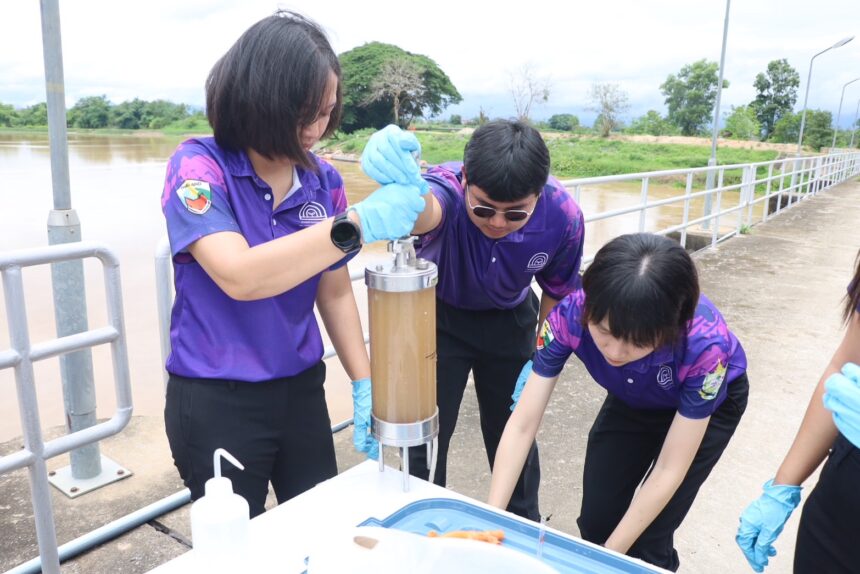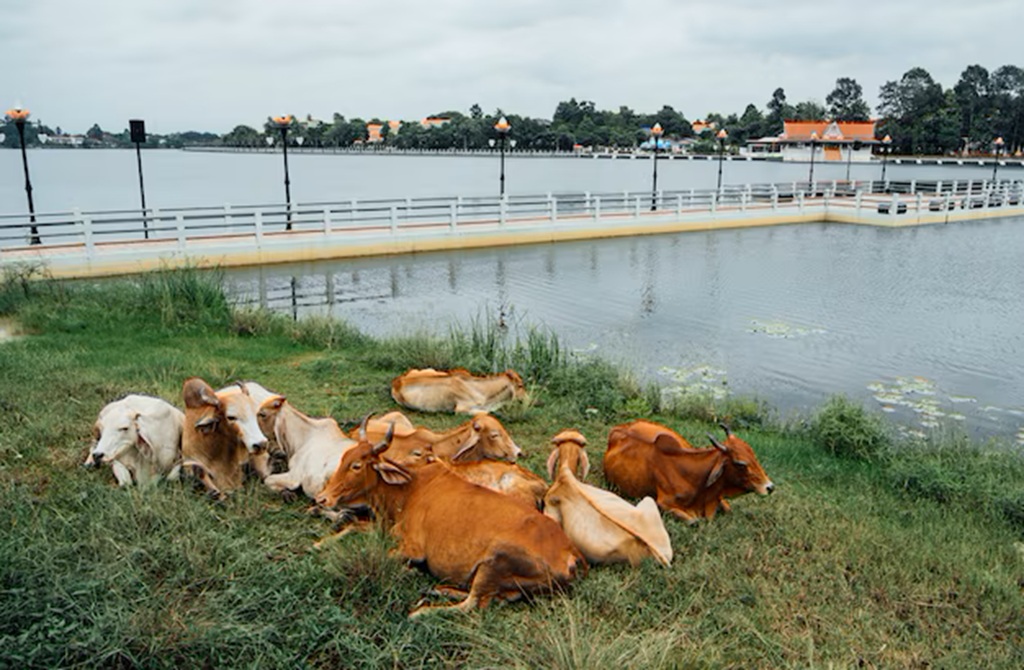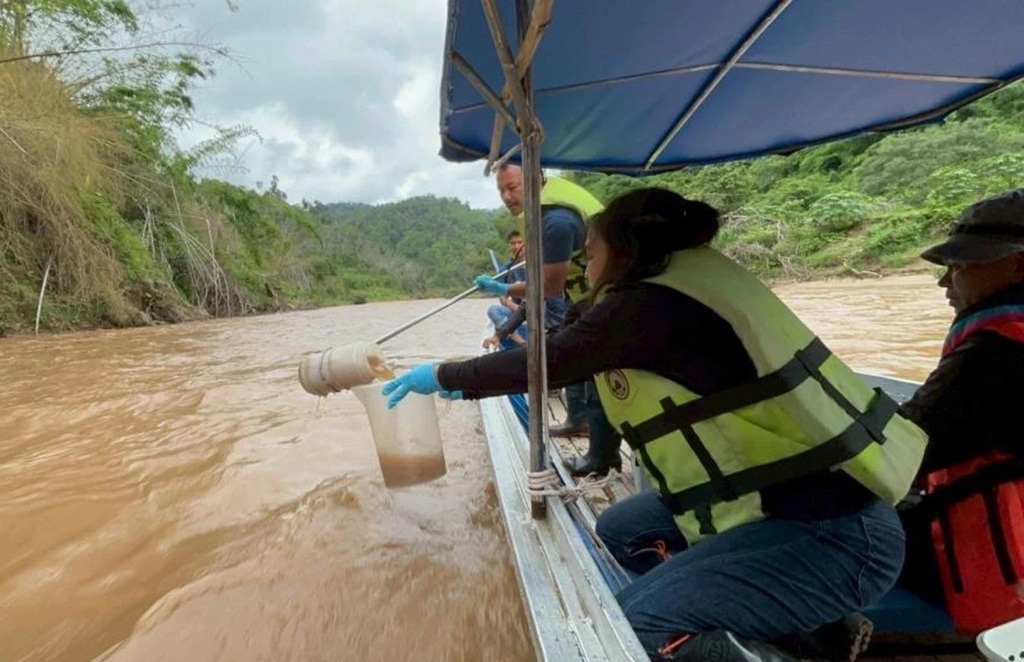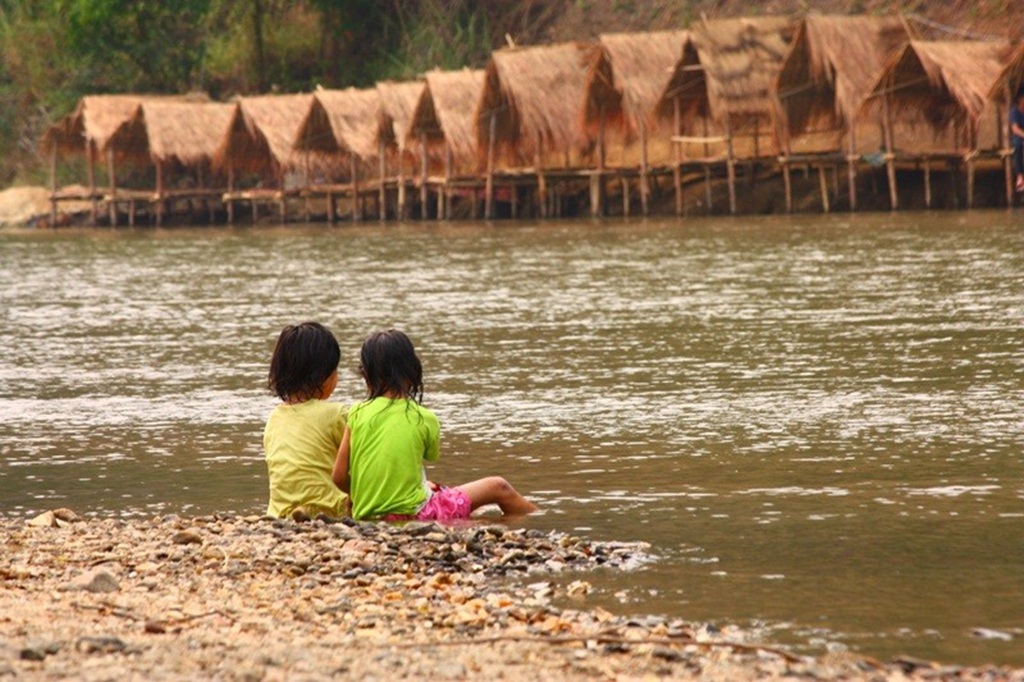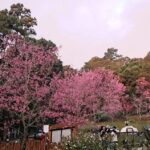CHIANG RAI – A recent Rocket Media Lab report has highlighted the economic fallout from arsenic and heavy metal contamination in the Kok River, impacting Chiang Mai and Chiang Rai provinces in Thailand.
According to Rocket Media Lab, in 2022, Chiang Rai’s gross provincial product reached 107.3 billion baht. Agriculture ranked second as a key sector, covering farming, forestry and fisheries, with a combined value of 25 billion baht.
Focusing on agriculture, rice is the top crop in Chiang Rai. In 2024, the province saw 1,242,080 rai of wet-season rice fields producing 677,089 tonnes, while dry-season rice was grown on 365,838 rai with yields reaching 357,326 tonnes.
The Kok River crosses two provinces: Chiang Mai (covering three subdistricts in one district) and Chiang Rai (spanning 16 subdistricts in seven districts), stretching for at least 306 kilometres.
Across the 19 subdistricts along the Kok River, main cash crop fields cover 340,358 rai. Rice dominates with 186,311 rai, accounting for almost 55 percent. Other key crops include corn, rubber, cassava, pineapple and longan.
Annual production from 14 cash crops grown along the Kok River spans over 340,000 rai and brings in about 3.24 billion baht. This makes up around 13 percent of Chiang Rai’s total agriculture sector value, with rice alone worth about 1.5 billion baht (47 percent).
In March 2025, locals noticed muddy, discoloured water in the Kok River. Over 700 residents of Thaton subdistrict in Chiang Mai gathered to demand action from authorities. The investigation found high levels of arsenic and heavy metals in the river, linked to rare earth mining upstream in Myanmar.
The spill’s impact is clear. Communities in both Chiang Mai and Chiang Rai are worried about water for daily use, fish and aquatic life, farming, and tourism. Unless the issue is resolved quickly, the region could face big economic losses.
Rocket Media Lab dug into riverside agriculture data to estimate the potential economic cost if the Kok River’s contamination continues.
How is the Chiang Rai economy doing?
According to the Chiang Rai Provincial Agriculture and Cooperative Office, service industries generated the most income in 2022 at about 71.3 billion baht. Agriculture followed with 25 billion baht, and industry brought in 8 billion baht.
Rice makes up the bulk of Chiang Rai’s agriculture, both wet and dry seasons. Wet-season rice covered 1.24 million rai, yielding 677,089 tonnes in 2024. Dry-season rice was grown on 365,838 rai for 357,326 tonnes. Other key crops include corn for animal feed (125,374 rai for 160,177 tonnes), rubber (386,434 rai for 80,252 tonnes), as well as longan, tea, pineapple, coffee, cassava, lychee, and mulberry.
Looking at land near the Kok River in both Chiang Mai and Chiang Rai, the river touches one district (Mae Ai) in Chiang Mai and seven districts in Chiang Rai, covering a total of 19 subdistricts and over 306 kilometres. About 183,000 people live in these river communities, both citizens and stateless groups, not including those in overlapping municipal areas (as of June 2025, data from the Department of Provincial Administration).
The Ministry of Agriculture and Cooperatives says that in these subdistricts, 340,358 rai are dedicated to main crops. Rice is top at 186,311 rai (about 55 percent), followed by corn (70,208 rai), rubber (47,896 rai), cassava (14,831 rai), pineapple (11,529 rai), longan (5,892 rai), and others like coffee, rambutan, durian, oil palm, coconut, mangosteen, and sugarcane.
Economic risk if the Kok River water stays polluted
A June 2025 news report detailed how farmers are uneasy about chemical residues in their produce, despite no current evidence of arsenic absorption in crops. Local agriculture relies on water from the Kok River, rainfall, and groundwater. Most rice farmers, especially those in the dry season, use irrigation channels fed by the river.
By August, tests revealed soil sediment with unsafe arsenic levels for bottom-dwelling animals. Other pollutants found included lead, manganese, nickel, and cadmium. Crop testing did not show heavy metals above safety limits, but traces of contamination raise concerns about possible long-term buildup.
To estimate the economic damage if all river-side crops are affected, Rocket Media Lab used land and crop yield data from 19 river subdistricts, with current farm-gate prices from 2024.
Annual economic output from 14 main crops grown over 340,359 rai could reach about 3.24 billion baht, making up 13 percent of Chiang Rai’s farming sector.
Rice alone brings in the most at 1.52 billion baht (47 percent), and rice fields are especially at risk since many sit close to the river and rely directly on its water.
Rubber follows at 756 million baht (23 percent), then corn at 452 million baht (14 percent), pineapple at 343 million baht (11 percent), cassava at 94 million baht (3 percent), longan at 46 million baht (1.4 percent), and other fruits and crops at 32 million baht (1 percent).
(Note: Some area data use Mae Ai instead of Malika subdistrict, as the Ministry still records crop areas under Mae Ai. Municipal areas overlapping several subdistricts are not included.)
More than farm losses
The Kok River valley supports more than just these 14 main crops. Farmers also grow tea, oranges, mulberries, and run organic farms. Fishing and fish farming are common, and both could suffer from water pollution.
In 2024, Chiang Rai fishermen caught 1,417 tonnes of freshwater fish, worth about 92.8 million baht. Most were tilapia and barb.
The Kok River is also a major draw for tourism. Popular activities include boat rides and rafting from Mae Fah Luang Bridge to Karen Ruammitr Village, with stops at hot springs and waterfalls, like Huay Mak Liam and Khun Korn Waterfall. Tourists can visit many riverside attractions as well as national parks.
Tourism businesses rely on the river, from resorts and hotels to cafes and restaurants. In the first half of 2025, Chiang Rai led all secondary cities for tourism with 3.38 million visitors and tourism revenue of 25.96 billion baht.
So, river pollution in Chiang Rai could affect more than farming and fishing. Tourism and the region’s image are at risk—especially since Chiang Rai depends heavily on service sector income and just rose to the top among Thailand’s secondary tourist cities.
Polluted water also means higher health risks for people who depend on the river for daily needs. Costs include medical treatment for illnesses like skin or digestive problems. If more people get sick, work productivity can fall, hurting the local economy.
The government will also need to spend more on water quality monitoring, providing safe backup water, environmental cleanup, and prevention efforts.
Recent water tests by the Pollution Control Department in June 2025 confirmed high turbidity and heavy metals near the Myanmar border, showing clear signs of mining activity. Prolonged contamination could cause lasting economic damage for Chiang Rai, making recovery difficult.
For more info, visit Rocket Media Lab’s database on the Kok River.
References:
- Land area estimates from Google Earth, calculations by Lanner
- Crop area data from the Ministry of Agriculture and Cooperatives
- Yield data from the Ministry’s agricultural product database
- Farm-gate price data for 2024 from the Ministry of Agriculture and Cooperatives (accessed July 23, 2025)




